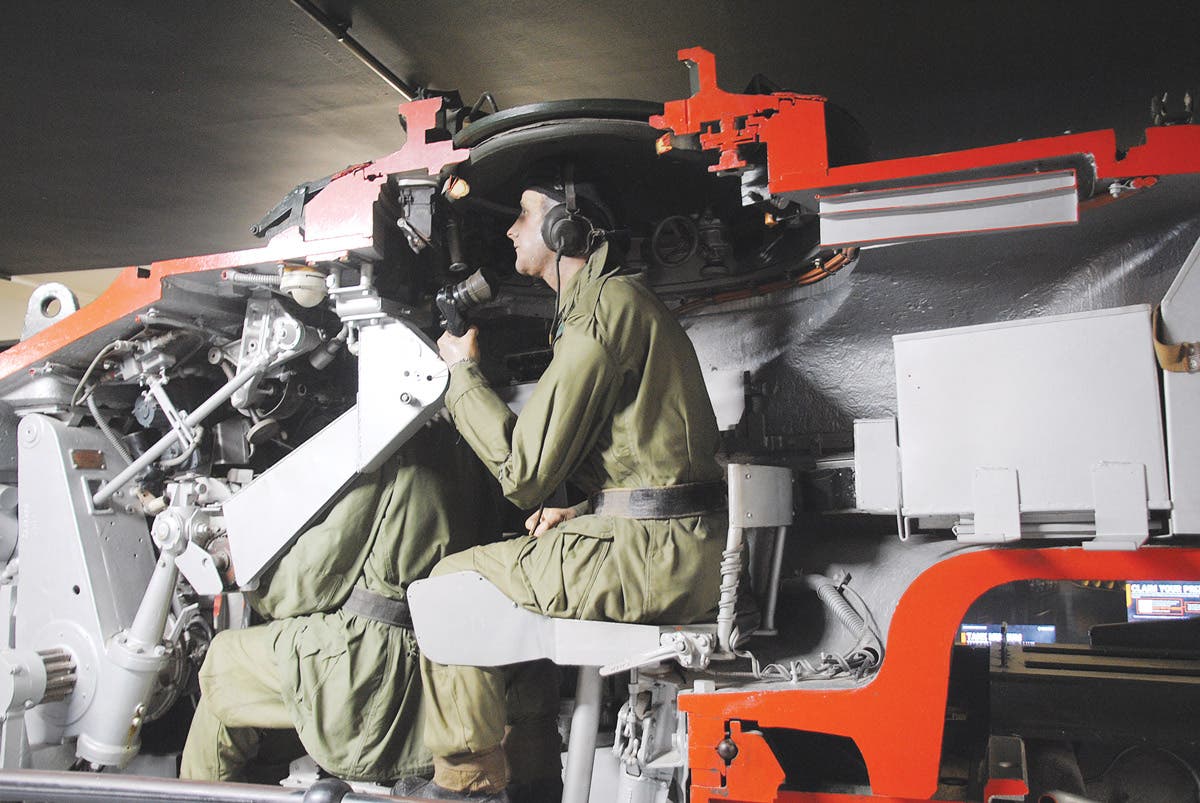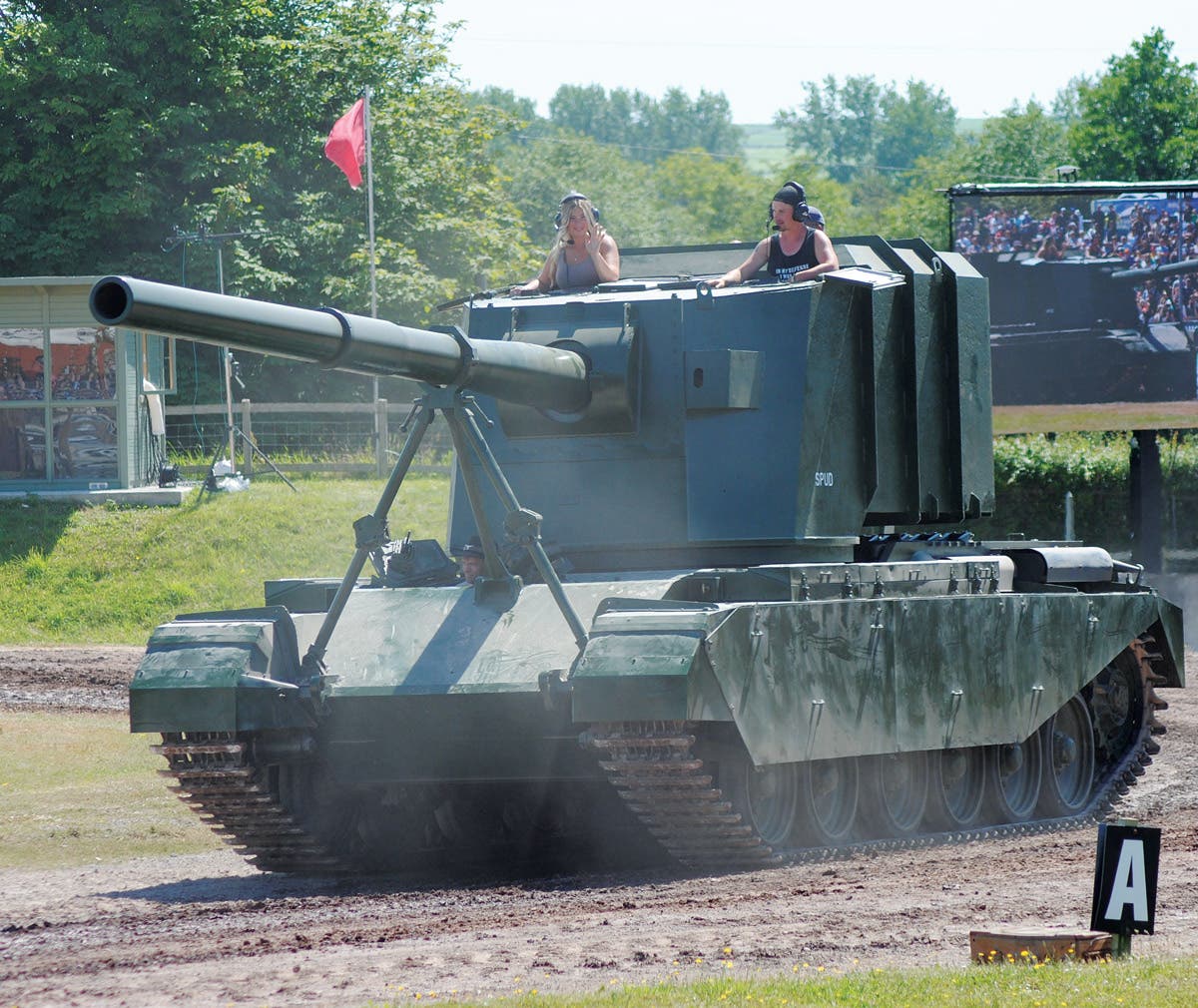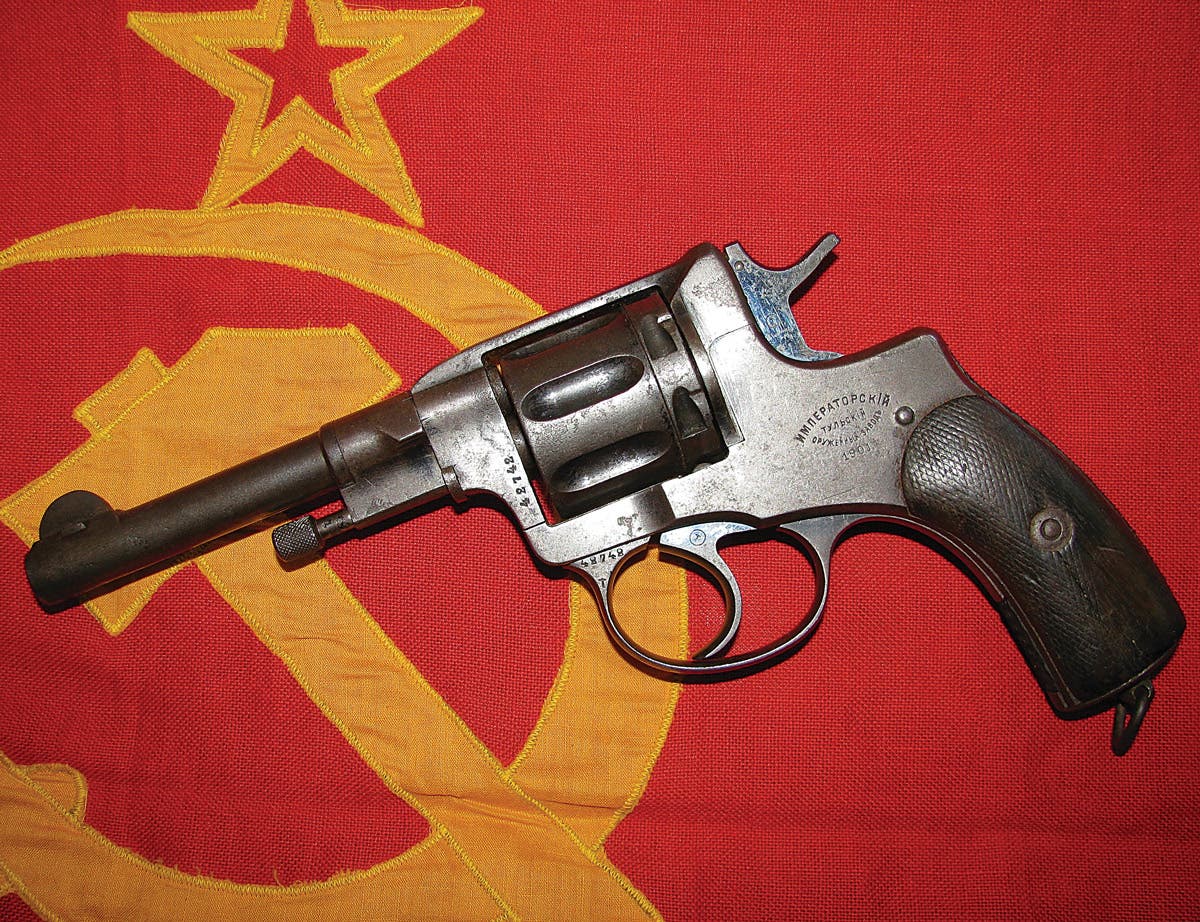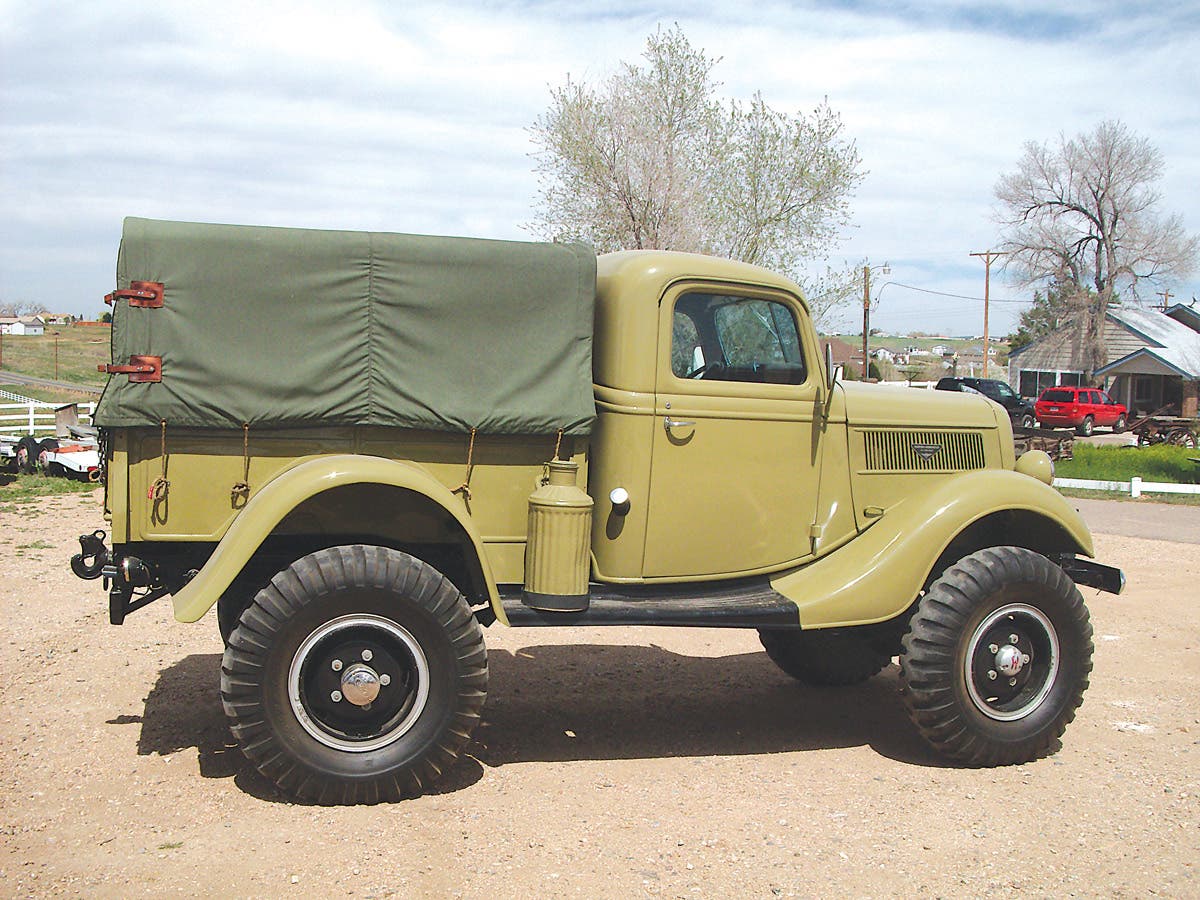A look at the Volvo M/43
The Volvo M/43 is an unusual Swedish half-track and a rare sight!
By the mid-1930s, Sweden, a long-standing neutral country, and Germany, where the nascent Nazi Party was emerging as the dominant political force, had been co-operating in developing weapon designs for over a decade. This arrangement had come about in the aftermath of the First World War when German technicians and engineers moved to Sweden to work with companies such as Landverk, Bofors and Volvo, where they were engaged in the development of weapons and vehicles. These skills and ideas came home with them when they returned to Germany as the country began its rearmament program, leading to the development of the dual-role 88mm gun and many types of armored fighting vehicles.
The close ties shared by the two countries continued after war broke out in September 1939 with Germany remaining a major importer of Swedish iron ore for steel. Sweden, for its part, reciprocated the trading links by purchasing armaments and weapons from Germany. Among the vehicles acquired by Sweden in the winter of 1939-1940 were 12 examples of the Demag D7 half-track from by the German Army, which called it the SdKfZ 10. Taking first deliveries in early 1940, the Swedes termed it the “Artilleritraktor m/40”, which was abbreviated to ‘Arttrak m/40. They were most impressed by the versatility of the vehicle and its reliability. In fact, they were so taken that in 1941 an order for further vehicles was placed with Demag. However, by that time Hitler was preparing to attack Russia and the German Army needed all the specialist vehicles being produced, which included the SdKfz 10 half-tracks.
The initial 12 half-tracks were issued as artillery tractors to the Swedish 8th Artillery Regiment was posted in the Boden region at the northern end of the Gulf of Bothnia, within reach to the border of Finland. Although Sweden was recognized as a neutral country, not having engaged in war since 1814, it maintained a military force for the purposes of self defense. In 1940, the Swedish Army numbered some 400,000 troops of all branches, increasing to 600,000 by 1945. It was used to patrol the more than 1,000-mile-long border between Sweden and Norway. The country had an advanced armaments industry, but it still purchased military hardware from various countries, including America and Germany.
When Germany could not deliver the second tranche of half-tracks, the Swedes set about producing their own version of this useful vehicle. Volvo was approached to meet the task of developing an analogous version based on the Demag half-track design. However, that was not as straightforward as it might have seemed. Without any technical design plans for the vehicle, the engineers at Volvo had to work in what is known as “reverse engineering”. It is a time-consuming task which involves dismantling a vehicle to examine each part and taking measurements to produce plans.
By 1942 Volvo had created a prototype, referred to as the “Volvo HBT” — short for Halvbandtraktor (half-track tractor). It could carry a payload of 2 tons and tow 5-ton loads, making it ideal for moving artillery. Sufficient room was provided to transport the gun crew and a supply of ammunition ready to use.
There were some changes between the Demag design and the one Volvo created. For example, the engine was a less-powerful Volvo design and the driver’s position was on the right because at the time in Sweden vehicles were driven on the left side of the road.
The vehicle was officially named “Artillerietraktor m/43” and went into series production in 1943 with an order for 99 vehicles. A second contract for a further eight vehicles took the number up to 107. Some sources state that 108 were produced and this is correct if the pre-production prototype is included. One point of detail the military insisted on was that the Volvo versions must use the same type of tracks as the original German version. The end result weighed almost 1 ton heavier and measured 3 feet longer than the Demag vehicle. This was due to it being fitted with six sets of double road wheels of the complicated interwoven design known as schachtellaufwerk, as opposed to the layout of five sets on the Demag design. Suspension was of the torsion bar method with the drive sprocket mounted at the front and the idler wheel at the rear with no return rollers.
The engine hood, which was hinged down its length in the middle to allow access for servicing the engine, was of a slightly rounded style to accommodate the Volvo engine. A tubular bar attachment was fitted to the front fender, which extended upwards in an arc over and in front of the radiator to act as guard frame. Support arms extended from the wheel arches to either side to hold it rigid. The canvas tilt cover was similar to the SdKfz 10 version with the sides left open.
Despite its similarity to the Demag design, the Swedes did not develop the Volvo version into other roles, preferring instead to remain using it in its primary role as an artillery tractor. Sweden never become a belligerent nation in the war which engulfed Europe. Sweden’s armed forces remained untested, although some 20,000 Swedes did volunteer to fight in Finland against Russia during the Winter War from November 1939 to March 1940. Apart from training exercises, the weaponry and vehicles remained in storage.
After the war, Sweden acquired a further 12 Demag vehicles to add to the fleet of 12 SdKfz 10 half-tracks purchased during the early months of the war. Together, these vehicles, including the Volvo versions, continued to be used for training purposes throughout the 1950s and into the mid-1960s. During that period some of the Volvo-designed vehicles were sold off for forestry duties and other contract work.
In 1966, the Demag vehicles were disposed by auction to civilian purchasers and in the 1970s some were sold abroad. The last known example is believed to have left Sweden in 1992 and most are now on display as museum exhibits. Likewise, the Volvo versions were sold off piecemeal to various private owners and museums such as the Central Museum of the Second World War in Moscow and the Dutch Oorlogsmuseum.
This last example lacks the front tubular protective bar, giving it the appearance of Demag the SdKfz 10. However, a glance at the position of the steering column mounted on the right-hand side and looking at the number of road wheels marks it out as the Volvo m/43.
The story of these vehicles may be brief — to the point of them being almost forgotten — but they are an important part of Sweden’s military history. Fortunately, some of those odd examples held in private ownership still make appearances at shows, where they really stand out from the crowd.
Our spotlight vehicle
The example of the Volvo M/43 seen in the accompanying photographs was produced in April 1943 and is owned by a respected restorer of historic vehicles living in the UK. He has replaced all the fuel tanks and side stowage boxes, and done work on other features such as the body track guards, seats and mid-section body panels. The canvas tilt cover and supporting framework of laminated oak hoops have been replaced. The tracks retain many of the original connector pins and replacements have been made to measure. Much work has also been done on the engine to keep it in fine running order.
Unfortunately, the front guard frame around the radiator is missing. Apparently, this is a common item to remove from the Volvo m/43 to give it the appearance of being a Demag SdKfz 10 half-track, and is often done when a vehicle is featured in a film. Nevertheless, the rare half-track still remains a stunning piece of restoration work and is a credit to the owner’s skills and attention to detail.
Love tracked vehicles? Here are a few more articles for your reading enjoyment.








